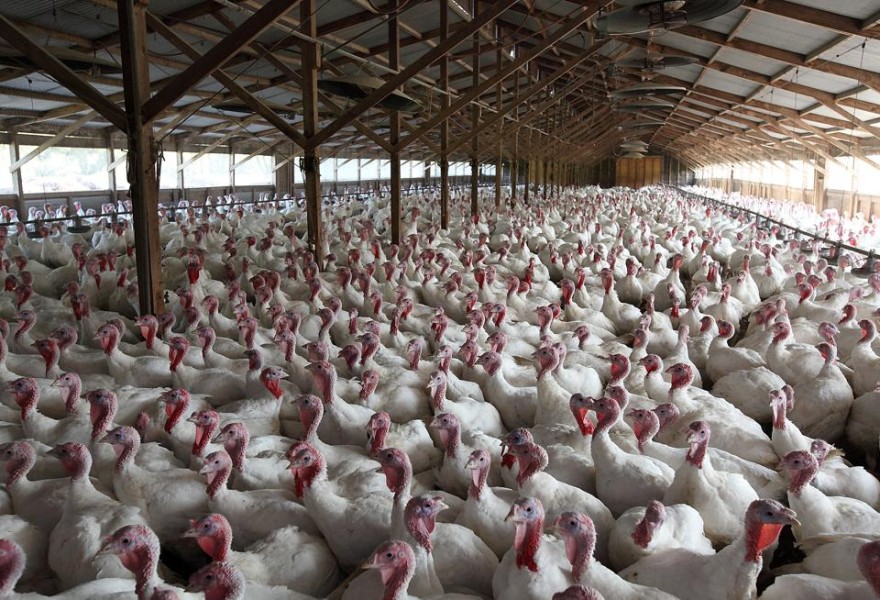The Read
Animal Agriculture Is Dangerous Work. The People Who Do It Have Few Protections. (Christina Cooke, CivilEats.com)
Federal OSHA protections don’t apply to 96 percent of the animal agriculture operations that hire workers in America.
“Federal OSHA protections don’t apply to workers on farms with 10 or fewer workers due to a 46-year-old budget rider intended to protect family farms. Today, that exempts 96 percent of the animal-ag operations that hire workers from OSHA oversight. Agricultural work is meanwhile some of the most dangerous work in the country, ranking third in fatal injuries among all occupations.”
“The National Labor Relations Act, a federal law enacted in 1935 as part of the New Deal…specifically excludes most farmworkers. And the Fair Labor Standards Act, enacted in 1938, created a minimum wage, established overtime pay, and put child labor protections in place—and purposefully exempted most farmworkers as well.”
Why It’s Interesting
The unintended consequences of automation and better metrics
Many types of regulations are applied differently to large vs small firms as defined by number of workers. As above, OSHA regulations don’t apply in the US to farms with fewer than 10 workers. In France, the FNAL tax is a housing-supportive tax that is paid by employers; its rate steps upward based on the number of the firm’s employees (0.10% to 0.50% at 50+ employees). And of course in the US, different ACA regulations apply to different sizes of companies.
Technology and automation change worker productivity. The largest firms in terms of revenue and profitability become the first and most likely to adopt new automation technologies. An unintended consequence of automation is that it becomes possible for large-by-revenue firms to slip into regulatory spaces intended to apply to what we colloquially think of when we think “small business”.
There are some interesting implications for using more intelligent metrics to set regulatory thresholds (perhaps employees normalized to revenue), and using linear or curved functions rather than step functions to keep regulatory burdens lowest for the firms less able to manage them. Of course, there are also many ways to design regulatory systems that both achieve the broader social goals of regulation and that are less burdensome to the regulatory subjects.
#agriculture #labor #government #regulation #automation
Further Reading
- States that run their own OSHA inspections have lower injury rates
- Porkopolis: American Animality, Standardized Life, and the Factory Farm (Duke University Press, 2020)
Share this
Ellen excels at product and UX.



